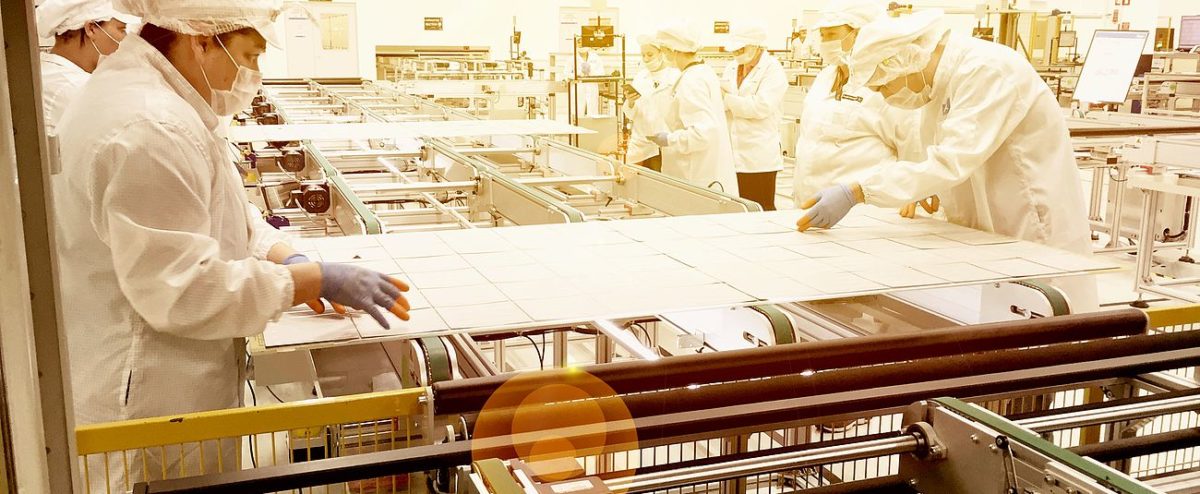Canadian Solar posted net revenue of $650.6 million in the second quarter of 2018, a hefty 54.3% fall from the previous three-month period's $1.42 billion, and below the company’s guidance of $690-730 million.
The fall came despite an increase in shipments on the previous quarter, from 1,374 MW in Q1 to 1,700 MW – including 246 MW shipped to its own projects which was not recognized in the revenue figure. Canadian Solar cited lower revenue from project sales – which fell spectacularly from $879.9 million to $85.6 million – as the primary cause, alongside lower module average selling prices. The company also mentioned the deferral of several planned project sales as a reason for revenue coming in below guidance.
“The solar policy change in China effective on May 31, 2018 has caused a significant disruption in China, and the global solar industry,” stated Canadian Solar Chairman and CEO Shawn Qu. “We also incurred a relatively large foreign exchange loss due to the depreciation of currencies in certain developing countries against [the] U.S. dollar during the quarter. We are confident we can navigate this challenging period given our proven track record even in prior periods of volatility. On the energy business side, as of July 31, 2018, we have increased our late-stage, utility-scale solar power project pipeline to 2.2 GWp and our portfolio of solar power plants in operation to 1.4 GWp.”
Production capacity plans reined in
For the third quarter, the company expects a similar level of shipments – 1.5-1.6 GW, including 210 MW to its own projects. Revenue for Q3 is forecast at $790-840 million.
For the full year, the company has reduced forecasts for shipments and revenue. The company is now expecting $4-4.2 billion in revenue, down from the previously stated $4.4-4.6 billion, and 6-6.2 GW in shipments, down from 6.6-7.1 GW.
Canadian Solar has also scaled back plans for manufacturing capacity expansions, and now expects to have ingot, wafer, cell and module manufacturing capacity of 1.65 GW, 5 GW, 6.25 GW and 9.13 GW, respectively, by December 31. Due to low utilization rates at its factories in Canada and Brazil however, the company considers its ‘effective capacity’ for modules to be 7,550 MW, rising to 8,370 MW by the end of the year.
“The revision of our annual guidance is in line with the broader industry and mainly reflects the expected reduction of shipment volumes to the Chinese market in the second half of the year, as well as the expected lower solar module average selling price,” adds Mr Qu. “In the near term, we will focus on maintaining our market share and protecting a reasonable profit margin. In the longer-term, we remain confident that global demand for solar power products will continue to increase in light of solar energy's compelling lower cost of ownership and ability to accommodate locations under-served by other grid power options.”
This content is protected by copyright and may not be reused. If you want to cooperate with us and would like to reuse some of our content, please contact: editors@pv-magazine.com.




By submitting this form you agree to pv magazine using your data for the purposes of publishing your comment.
Your personal data will only be disclosed or otherwise transmitted to third parties for the purposes of spam filtering or if this is necessary for technical maintenance of the website. Any other transfer to third parties will not take place unless this is justified on the basis of applicable data protection regulations or if pv magazine is legally obliged to do so.
You may revoke this consent at any time with effect for the future, in which case your personal data will be deleted immediately. Otherwise, your data will be deleted if pv magazine has processed your request or the purpose of data storage is fulfilled.
Further information on data privacy can be found in our Data Protection Policy.